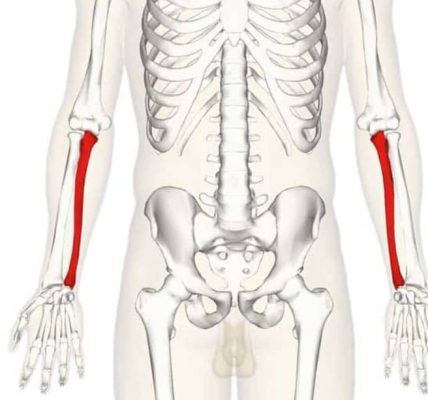Monday 17th November 2025.
Nutrition & Energy Supply
Food is the fuel source of the body. The ingested food undergoes metabolism to supply energy for vital activities in the body. This energy is gotten in the form of ATP – Adenosine Triphosphate.
The energy content of food can be measured using a Bomb Calorimeter.
The energy content of food is measured in calories. The calorific value of food is calculated from the heat released by the total combustion of food in the calorimeter.
Every biomolecules (Carbohydrates, Proteins and Fats & Oil) supply energy to the system when consumed. This generates energy at the system with the exception of fibres, minerals and vitamins which don’t generate energy when consumed. Therefore the energy content of biomolecules:
| S/No | Foodstuff energy value Cal/g
. Bomb calorimeter. inthe boby
| 1 | Carbohydrate. 4.l 4
| 2 | Fat. 9.4 9
| 3 | Protein. 5.4 4
| 4 | Alcohol. 7.1 7
NB: Fats & Oil undergoes Complete Combustion. Protein undergoes Incomplete Combustion.
Respiratory Quotient (RQ)
RQ is the ratio of the volume of the {CO}_2 produced to the volume of oxygen utilized in the oxidation of food.
1. Carbohydrate:
C6 H12 O6 + 6O2= 6CO2 6CH2O
CHO} = \6CO26O_= 1
2. Fats:
2C57 H10 O6 + 163O2 + 114CO 110H2O
Rq…=114CO2÷163O2=0.7
3. Protein:The chemical nature of protein is highly variable and it cannot be represented by a specific formula, therefore by indirect measurement the RQ of protein is equal to 0.8.
4. Mixed diet:
The RQ of mixed diet is dependent on the relative composition of carbohydrate, fats and protein.
* The RQ of mixed diet is also calculated as 0.85.
Utilization of energy in man
Man consumes energy to meet the fuels depends through the following processes:
* Physical activities
* Basal Metabolic Rate (BMR})Specific Dyamic Action (SDA})
The physical activities of an individual is highly variable.



